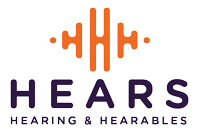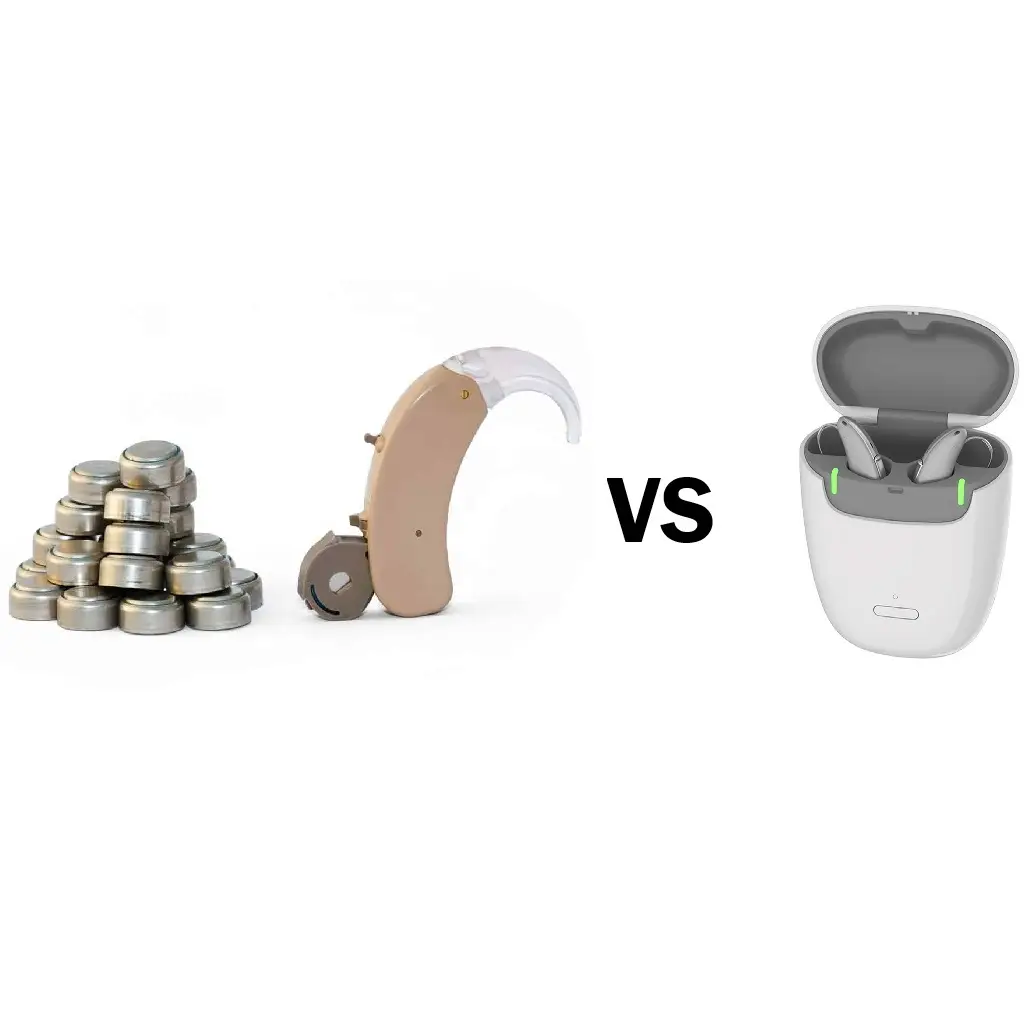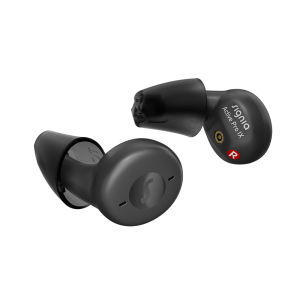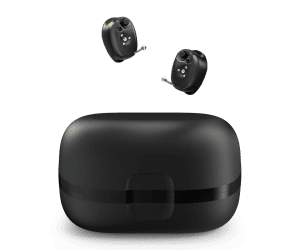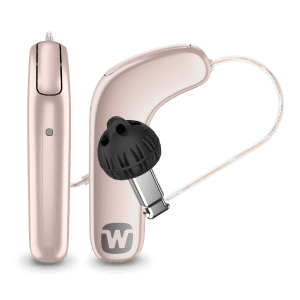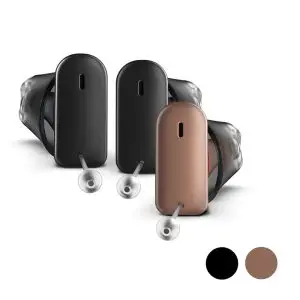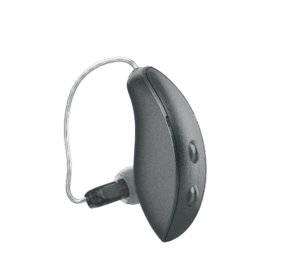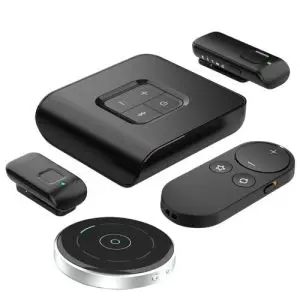Choosing the right hearing aid is a highly personal decision. Beyond sound quality and comfort, one of the key decisions you’ll make is choosing between battery vs rechargeable hearing aids. Both types have their own sets of pros and cons, from convenience and cost to practical limitations. This guide explores the advantages and challenges of each option to help you find the right hearing aid for your lifestyle and preferences.
1. Overview: Battery-Powered vs. Rechargeable Hearing Aids
Battery-powered hearing aids have long been the standard choice. They are powered by replaceable zinc-air batteries that generally last several days to weeks, depending on the device and size. They’re widely available and allow you to keep spares on hand to ensure you’re never without hearing support.
Rechargeable hearing aids, by contrast, rely on built-in lithium-ion or silver-zinc batteries that charge through a docking station or charging case, much like a smartphone. These models eliminate the need to regularly change batteries, though they do require regular access to power for charging.
2. Battery-Powered Hearing Aids
Advantages of Battery-Powered Hearing Aids
- Flexible Power Source: Battery-powered hearing aids can be a more flexible option, especially for those who travel, camp, or spend extended time outdoors without consistent access to electricity. A fresh set of batteries can be stored and easily swapped in when needed.
- Good for Tinnitus Relief During Sleep: Some people with tinnitus find that wearing hearing aids at night helps mask the ringing in their ears, allowing them to sleep more peacefully. Battery-powered hearing aids can be worn overnight with a tinnitus masking program, providing relief without worrying about overnight charging.
Disadvantages of Battery-Powered Hearing Aids
- Waste and Environmental Impact: Disposable batteries must be replaced frequently, creating environmental waste and requiring constant purchasing. With the average hearing aid user going through dozens or even hundreds of batteries each year, this can lead to considerable waste and costs over time.
- Dexterity Challenges: Handling tiny hearing aid batteries can be a challenge, especially for users with arthritis or limited hand mobility. This difficulty has been compounded by new packaging requirements introduced in 2024, which now require scissors to open—a design change that can be inconvenient and frustrating for those with dexterity issues. The batteries themselves are also small and fiddly to install, increasing the risk of dropping or losing them.
- Inconvenience and Potential for Being Left Without Power: Battery changes can be inconvenient, especially if a hearing aid dies unexpectedly in a situation where you don’t have spares. This is a particular drawback for those who are active or who may forget to carry extras.
3. Rechargeable Hearing Aids
Advantages of Rechargeable Hearing Aids
- Convenience and Ease of Use: Rechargeable hearing aids eliminate the hassle of battery changes. They simply need to be docked in their charger each night, much like a phone, which is often easier than handling small disposable batteries.
- Environmentally Friendly: Rechargeable models are more sustainable, reducing the need for disposable batteries and the environmental waste associated with their disposal.
- More Accessible for Dexterity Issues: Rechargeable hearing aids are a great option for those with arthritis or limited hand mobility. Instead of struggling with battery compartments and small packaging, you can simply dock the hearing aids in their charging station.
- Longer Lifespan with Stable Power: Rechargeable batteries provide a stable, reliable power source that can last all day, helping users avoid the interruptions that come with sudden battery changes.
Disadvantages of Rechargeable Hearing Aids
- Dependence on Power Sources: One drawback of rechargeable hearing aids is their dependence on power sources. If you’re traveling or outdoors for an extended period without access to electricity, a rechargeable model may be inconvenient.
- Potential Downtime During Charging: Users need to remember to charge their devices daily. Forgetting to charge can leave you without hearing support, which can be frustrating if you realize too late.
- Higher Initial Cost: Rechargeable hearing aids may have a higher upfront cost, though they can be more economical in the long term since they eliminate the need for regular battery purchases. However, the overall price can vary depending on your usage and the model.
4. Quick Comparison: Battery vs. Rechargeable Hearing Aids
| Feature | Battery-Powered Hearing Aids | Rechargeable Hearing Aids |
|---|---|---|
| Power Source | Replaceable zinc-air batteries | Lithium-ion or silver-zinc rechargeable batteries |
| Best For | Tinnitus relief during sleep, extended outdoor trips | Daily wear with convenient access to charging |
| Environmental Impact | Regular battery disposal, more waste | Environmentally friendly, no disposable waste |
| Ease of Use | May require frequent changes, dexterity issues possible | Simple nightly charging, better for limited dexterity |
| Convenience | Can be inconvenient with sudden battery changes | Easy to recharge, longer lifespan |
| Dependence on Electricity | Less dependent; can carry spares | Requires nightly access to power |
| Initial Cost | Same upfront cost, ongoing battery costs | Same upfront cost, if you need a new charger it may be costly |
5. Making the Right Choice for You
Your lifestyle, health, and daily habits play a big role in deciding which hearing aid type is best suited for you. Here’s a quick summary to help you decide:
- Consider Battery-Powered Hearing Aids If:
- You frequently go on outdoor trips, camping, or travel to places without reliable power access.
- You want the option to wear your hearing aids overnight for tinnitus relief.
- You don’t mind keeping spare batteries handy or changing them regularly.
- Consider Rechargeable Hearing Aids If:
- You prefer a more convenient, hands-off approach to power management.
- You want to reduce environmental waste and minimize the hassle of purchasing disposable batteries.
- You have dexterity issues or limited hand mobility, and want to avoid handling small batteries and packaging.
Choosing between battery-powered and rechargeable hearing aids involves balancing convenience, environmental considerations, and your specific lifestyle needs. Whichever option you choose, remember that your hearing aid should fit seamlessly into your daily life, providing both clarity and comfort.
